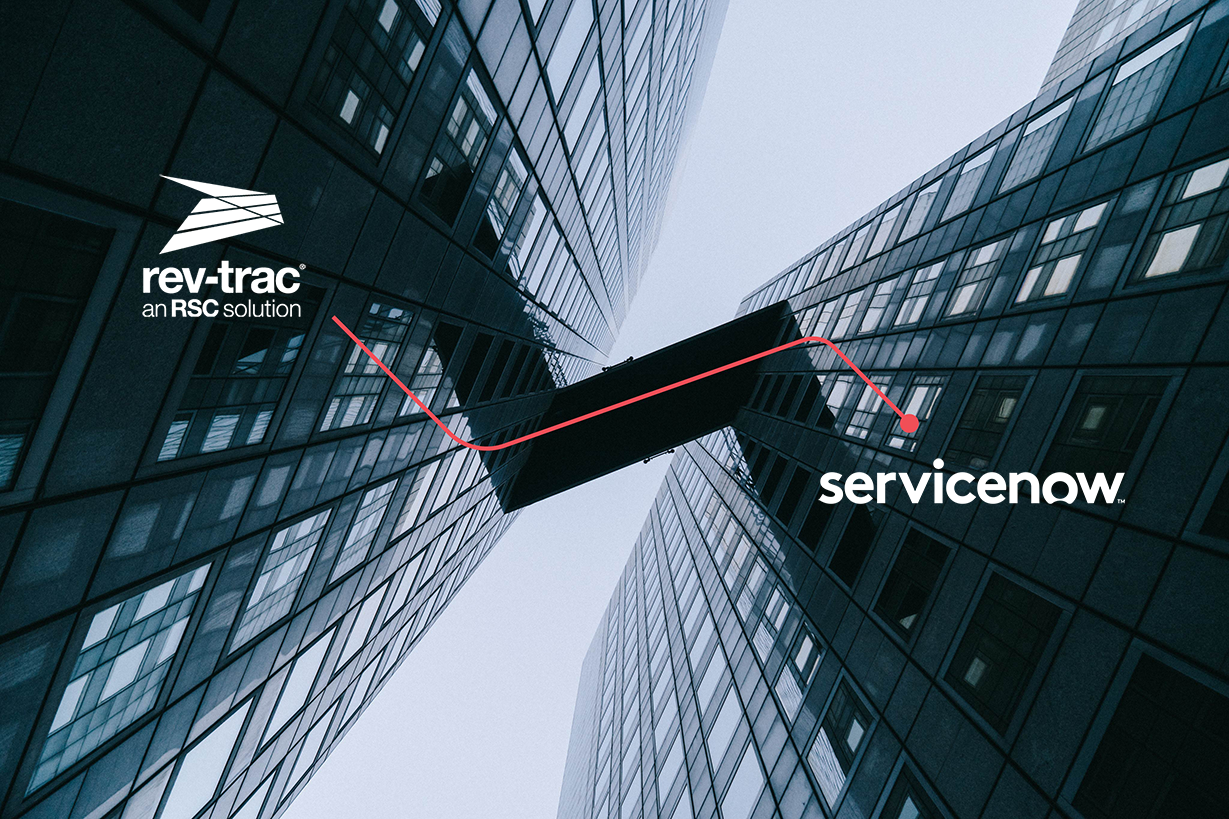Are you running Rev-Trac as your SAP migration management software and using ServiceNow as your ITSM software?
If you answered yes, then it could be time to integrate the applications. Key benefits of the integration include:
- Simplicity – you may no longer need to create Rev-Trac requests. The integration can do this for you!
- Data consistency – the data between the two technologies is automatically updated when application approvals are given, or data fields changed.
- Automation – depending on your requirements, approvals in Rev-Trac can be done automatically when the ServiceNow status changes. Or approvals denied if the linked ServiceNow ID is not in a specific status.
- Development pre-approvals – you can set-up the integration to create a Rev-Trac request only after the ServiceNow ID has got development approval.
So, how do can you take advantage of the benefits and get an integration underway?
Fast-track your Rev-Trac and ServiceNow integration
Here are five essential activities to begin the project.
- Plan, Plan, Plan: More time spent in the planning and design phase will result in a quality set of known requirements such as ServiceNow version requirement and Rev-Trac version requirement.
Planning a version upgrade can be the toughest to gain approval and schedule between important project work. This needs to be completed before starting your integration project kick-off!
- Start with a simple design; introduce more complex plans in a secondary phase of the project. You can expect positive outcomes quicker without the inherent challenges of an intricate design.
- Understand the technical requirements for integration. The project requires the Rev-Trac WebCore VM to be installed and communication with the Rev-Trac Central instance.
In this instance, there can be challenges such as firewall rules between the WebCore VM server and the production Rev-Trac Central. Or between the WebCore VM server and the ServiceNow server. Address these issues to ensure that data can reach the endpoints.
Check with your administrators that creating new custom fields in ServiceNow for the integration is possible and permitted by policy. If you want to store ServiceNow data field values into Rev-Trac custom fields, you need to make sure these are allowed and plan it out with their correct field sizes and data types.
- Conduct a design workshop with the principal team members from both technologies to develop a process flow diagram. The process flow should indicate which application/event will trigger the generation of a ticket (either application). And after the ticket creation, it reveals what events will cause data flow across to the other application.
Also, consider what other application checks need to be in place to ensure that they are in sync. Do the tools need to be de-linked for an exceptional scenario, and how this de-linking process occurs?
- Of course, it is always good to perform your initial design and testing in a development environment in both applications, so you don’t interrupt daily operations. Make sure to refresh these environments from a copy of the production system so you are testing with the current configuration. You will need to ensure the firewall rules are open for these environments as well.
Suppose you require assistance with your Rev-Trac and ServiceNow project. Then our team has a wealth of experience in supporting an organization’s integration plans. For more information, please contact one of our SAP change management experts.

